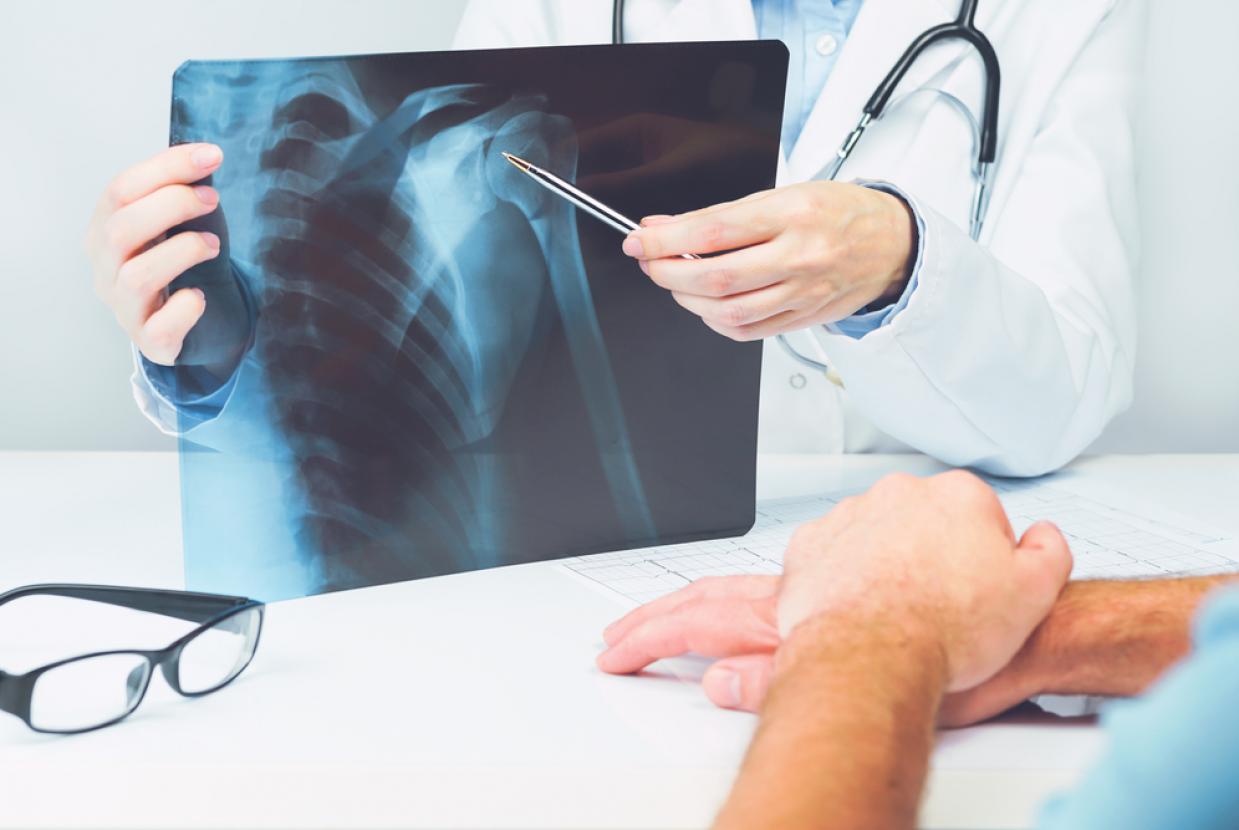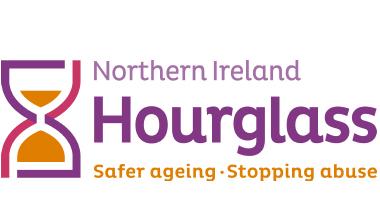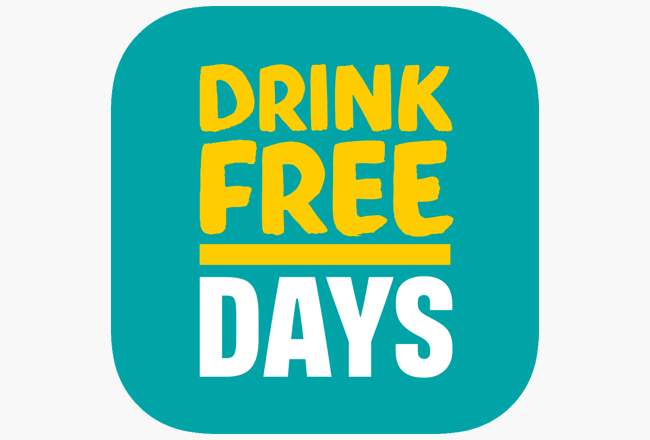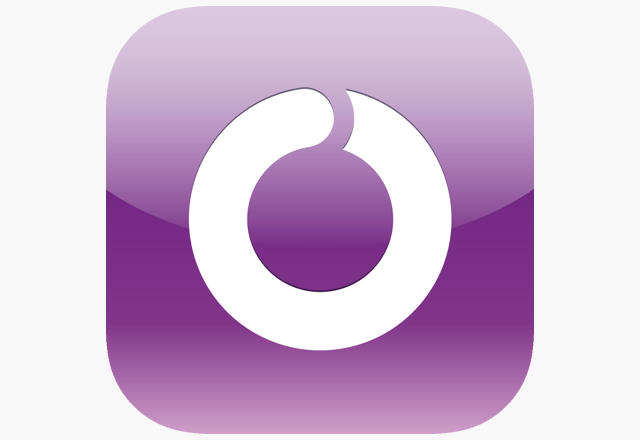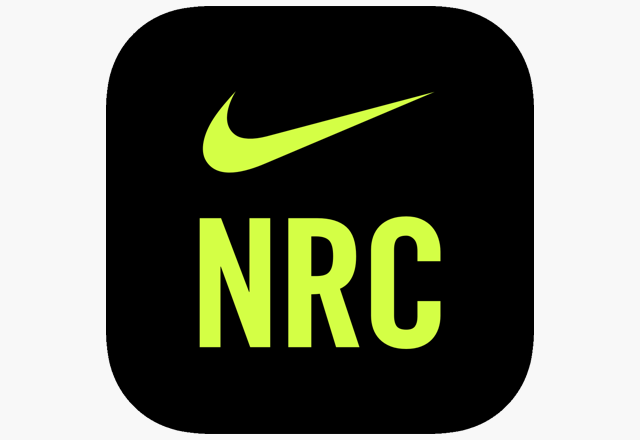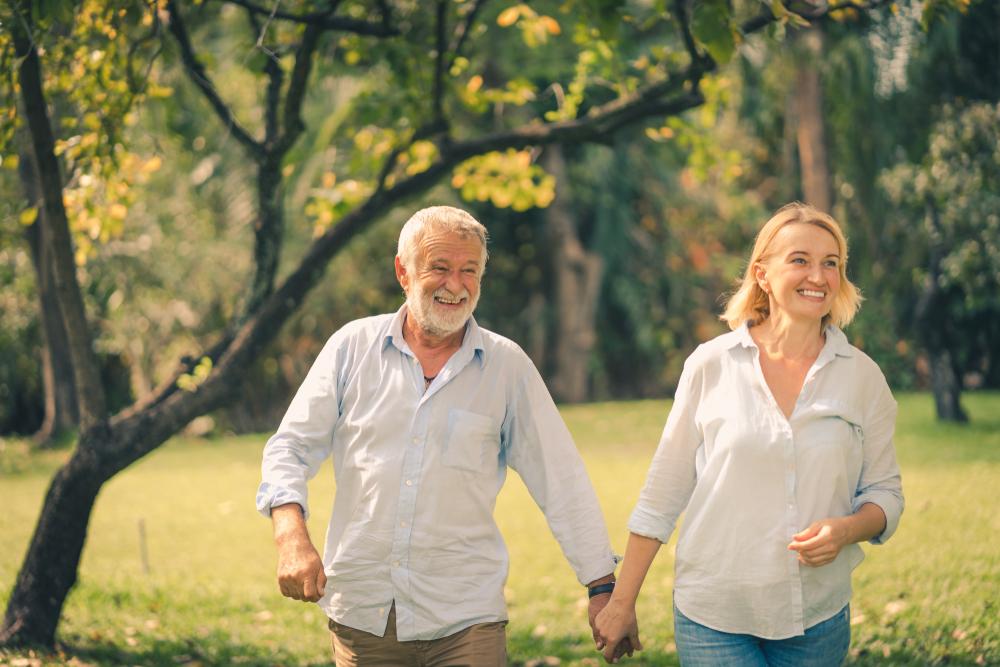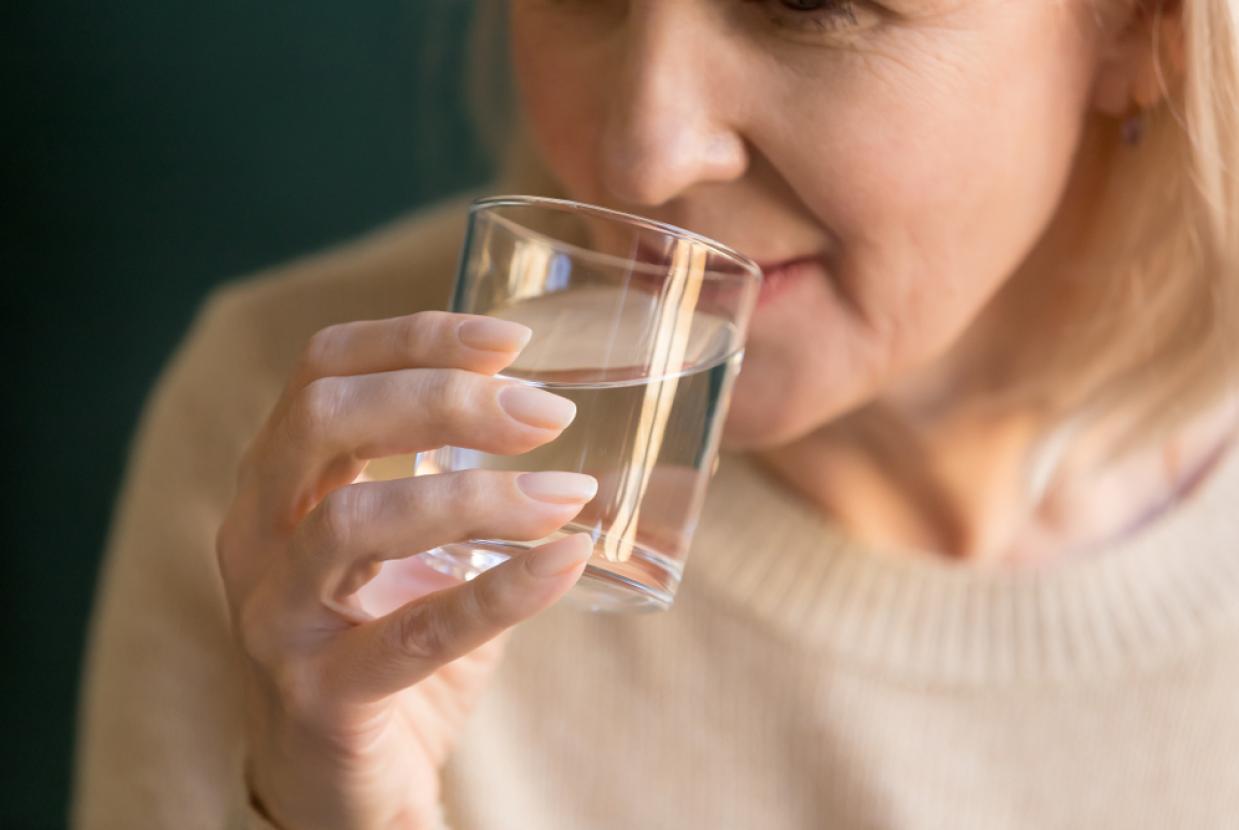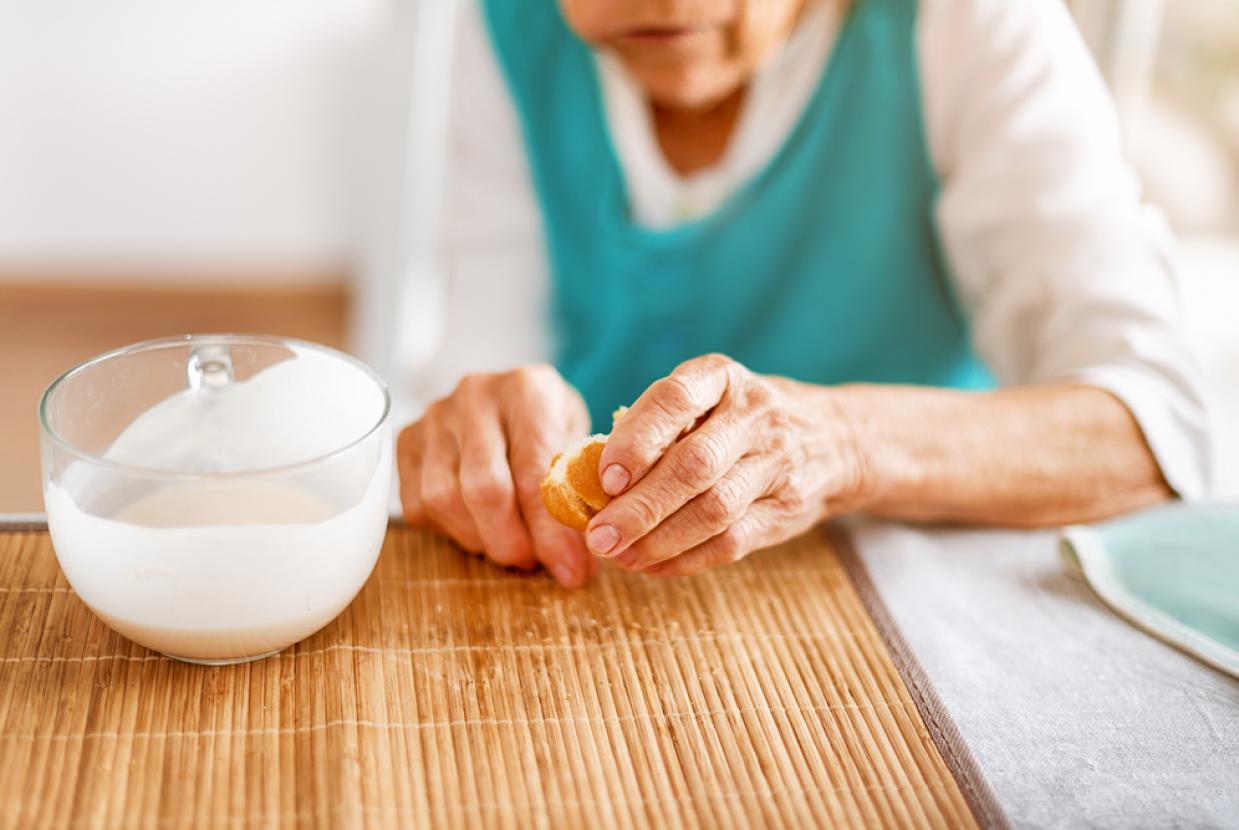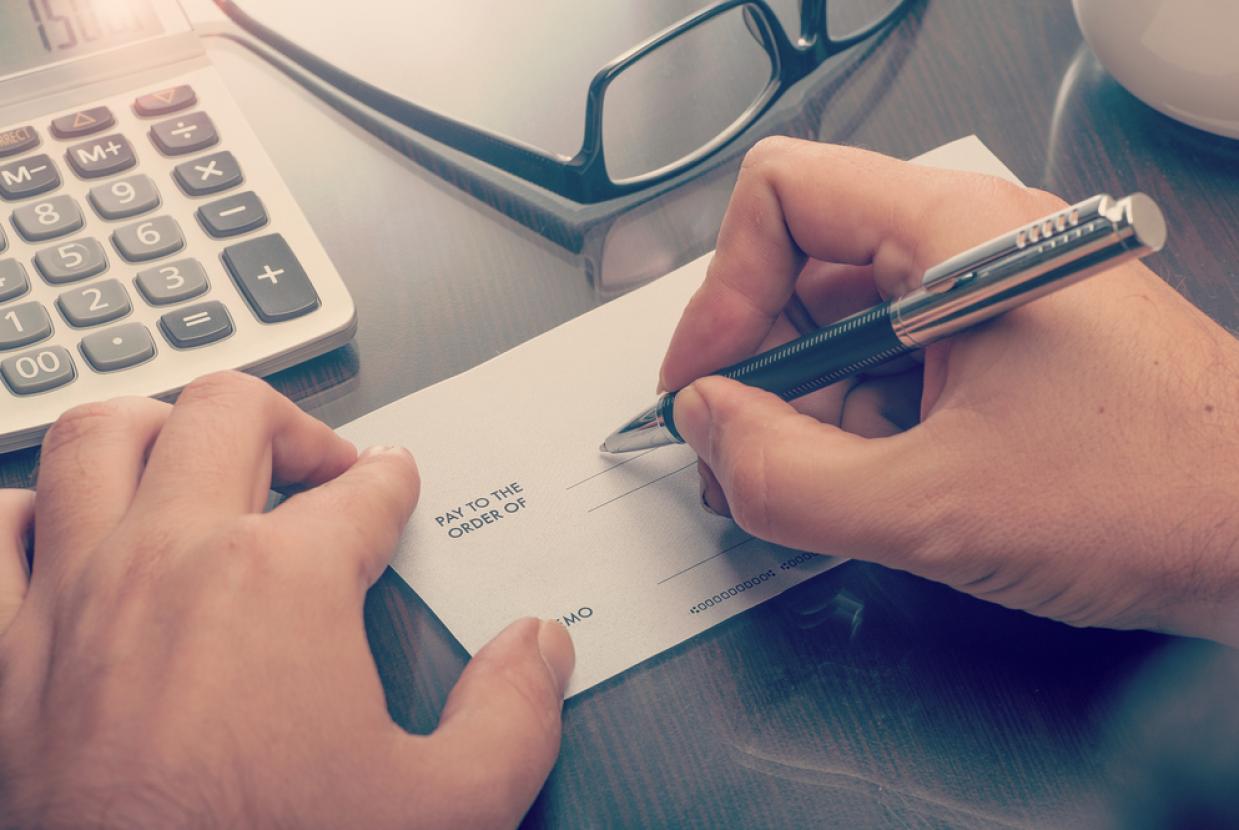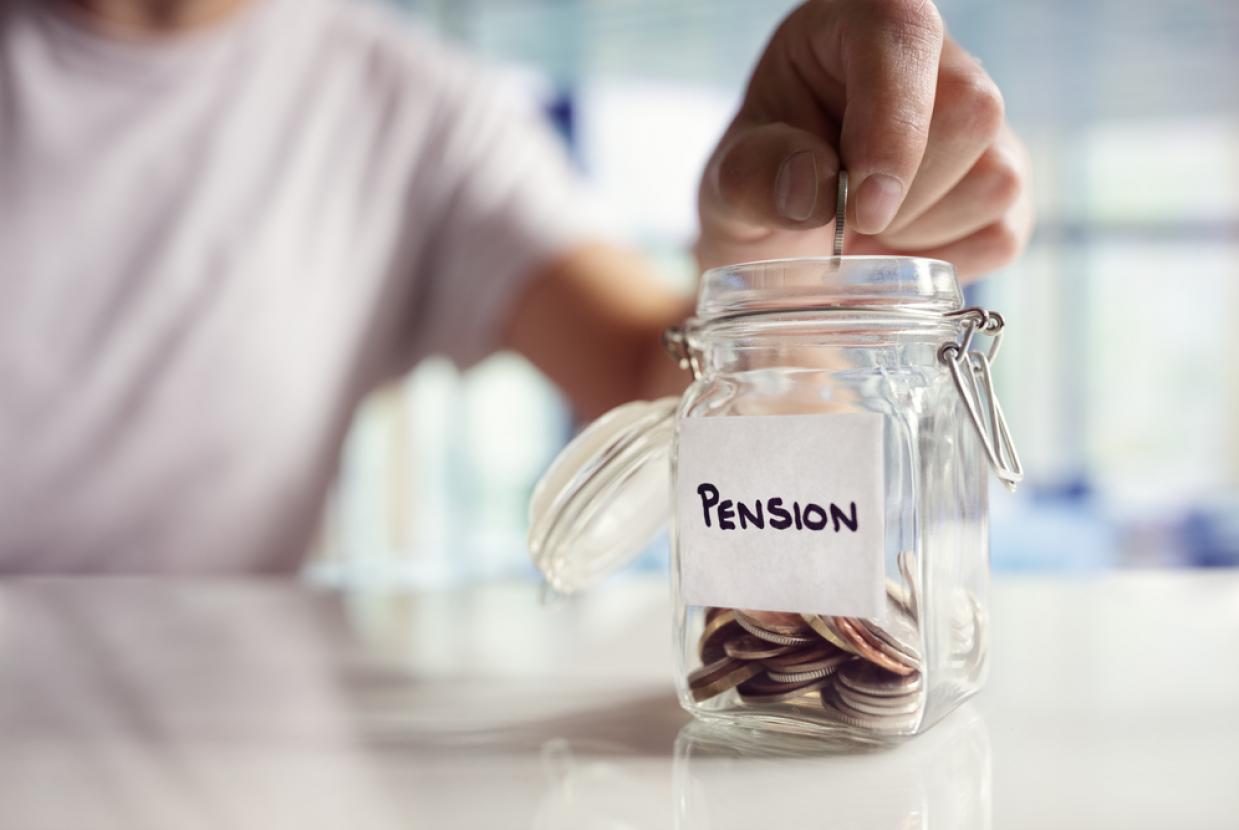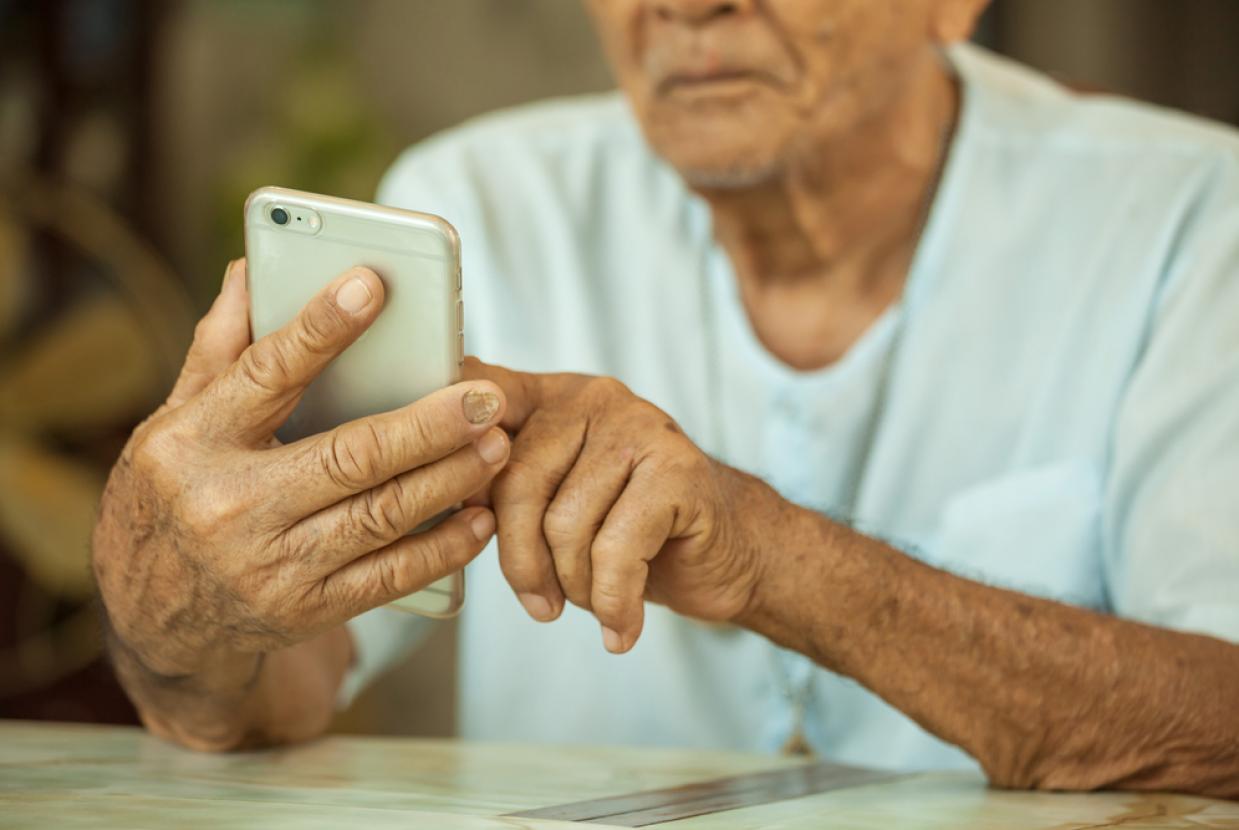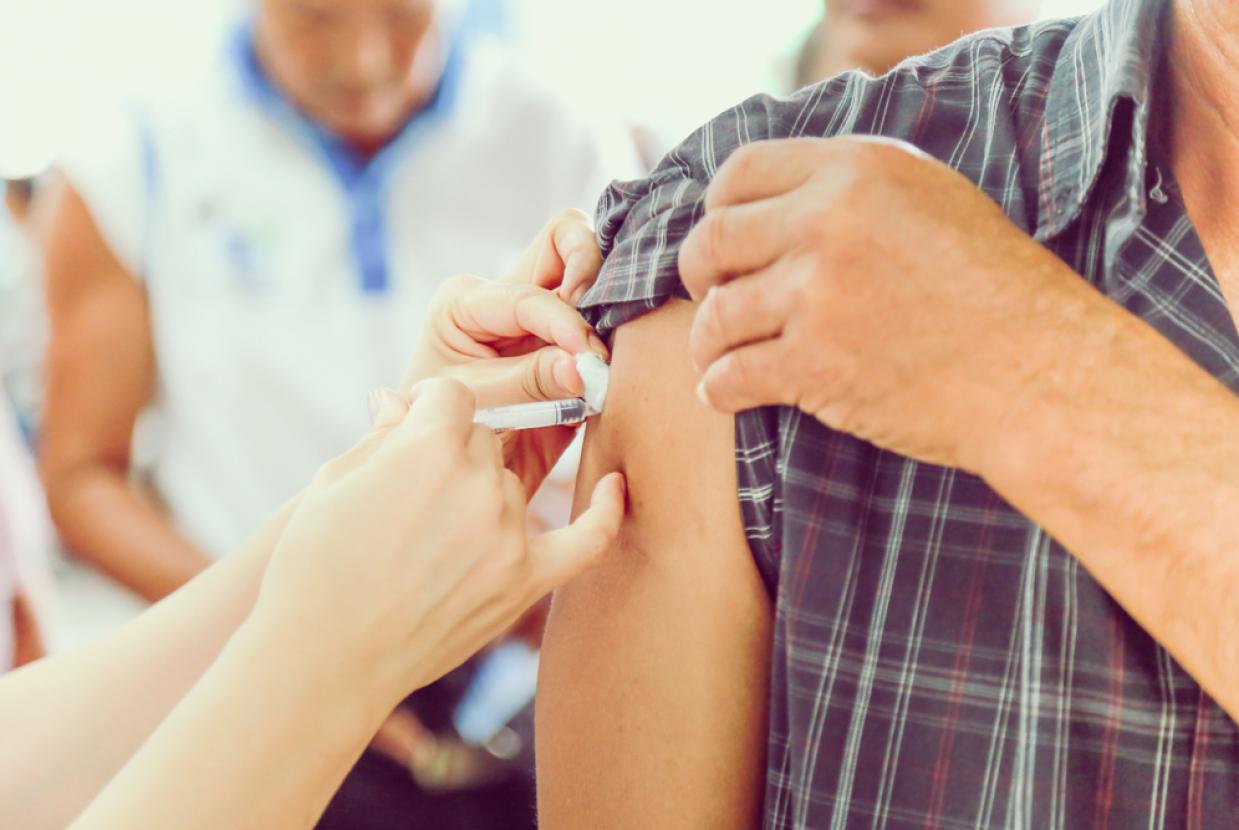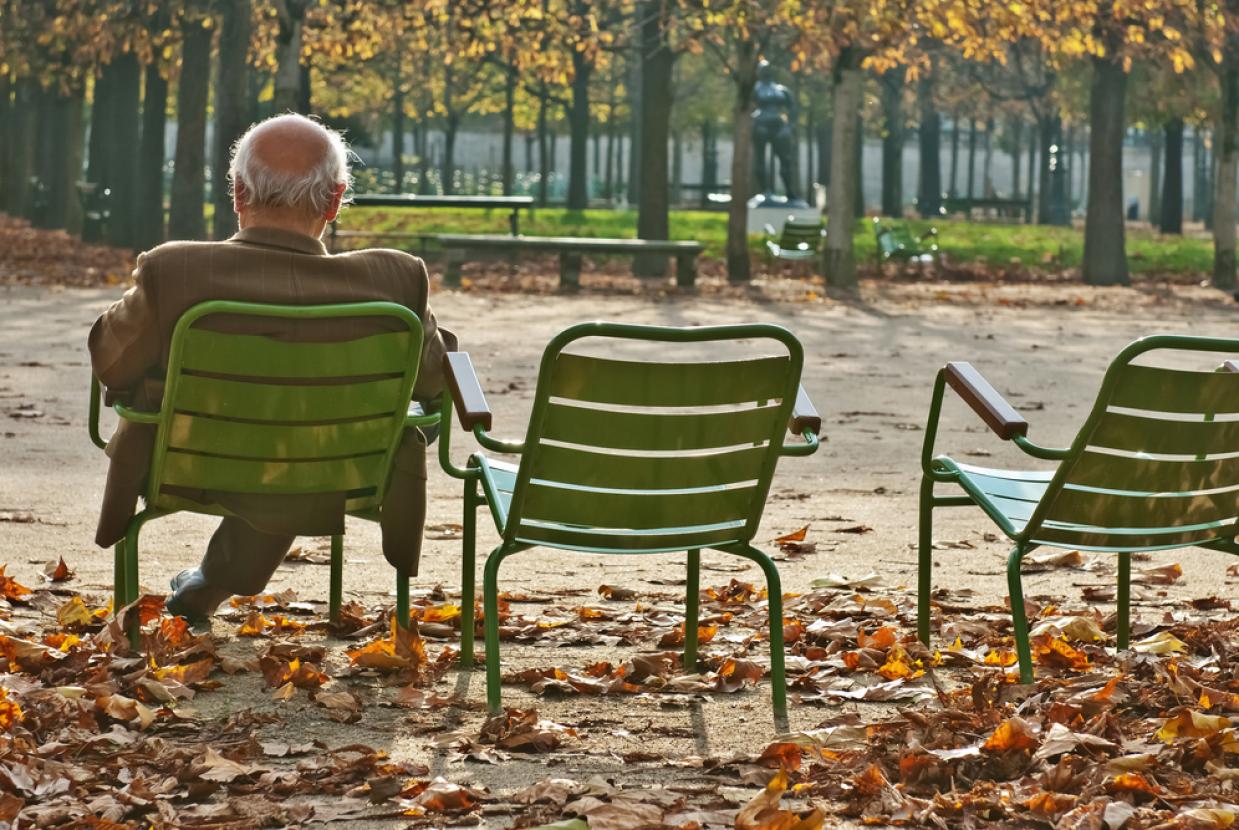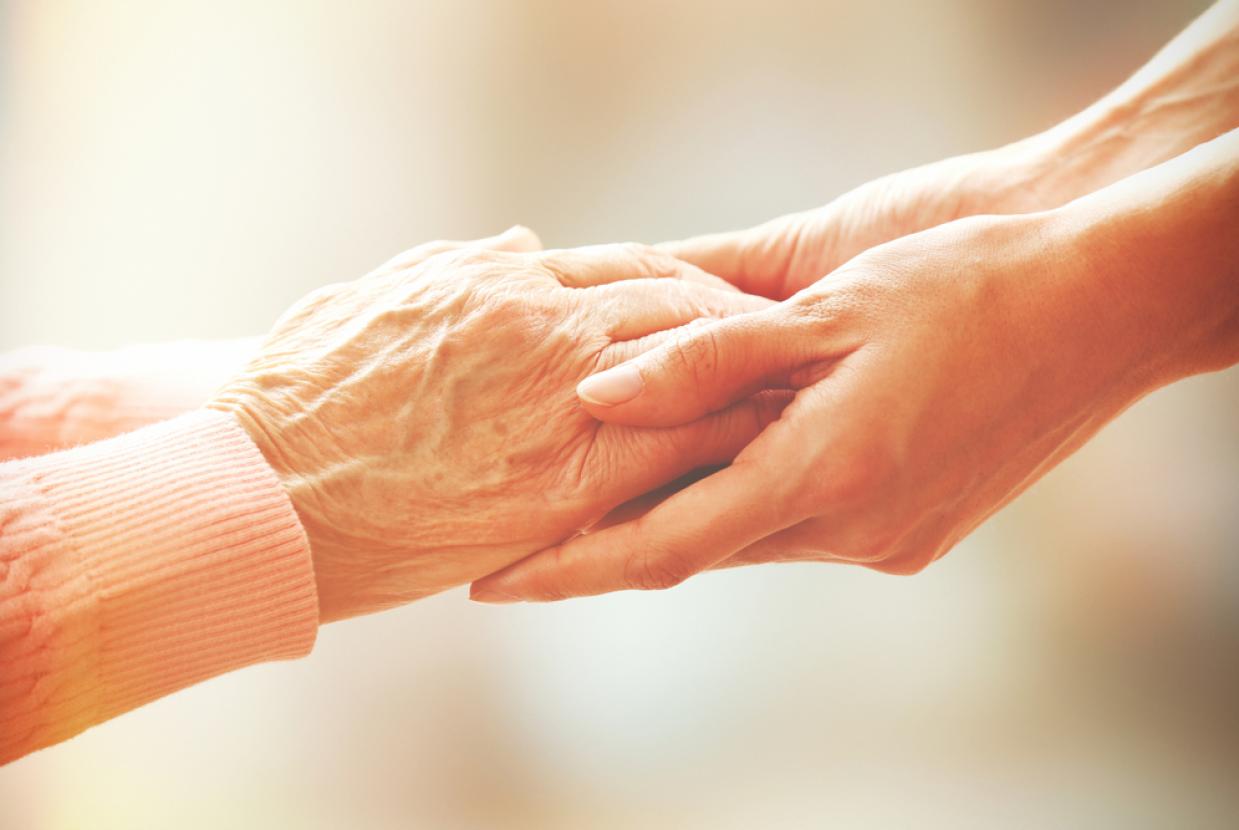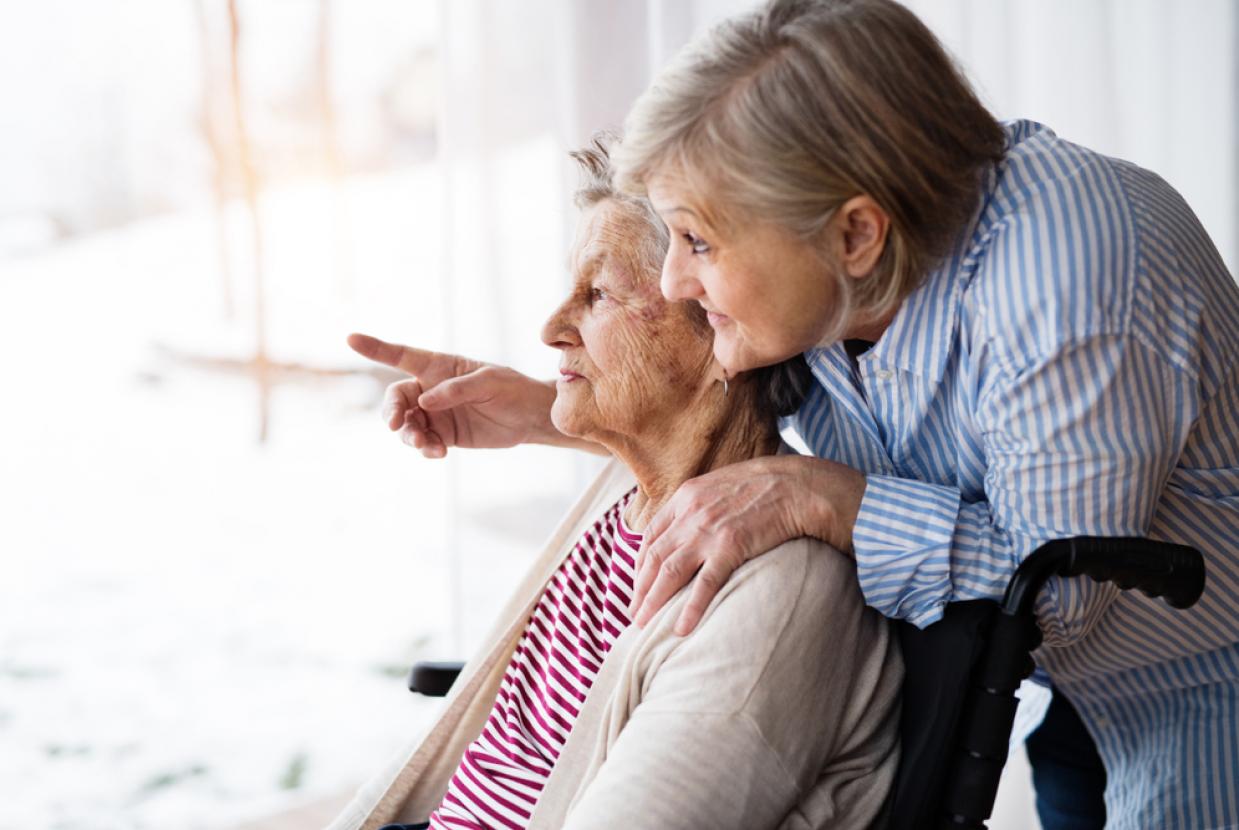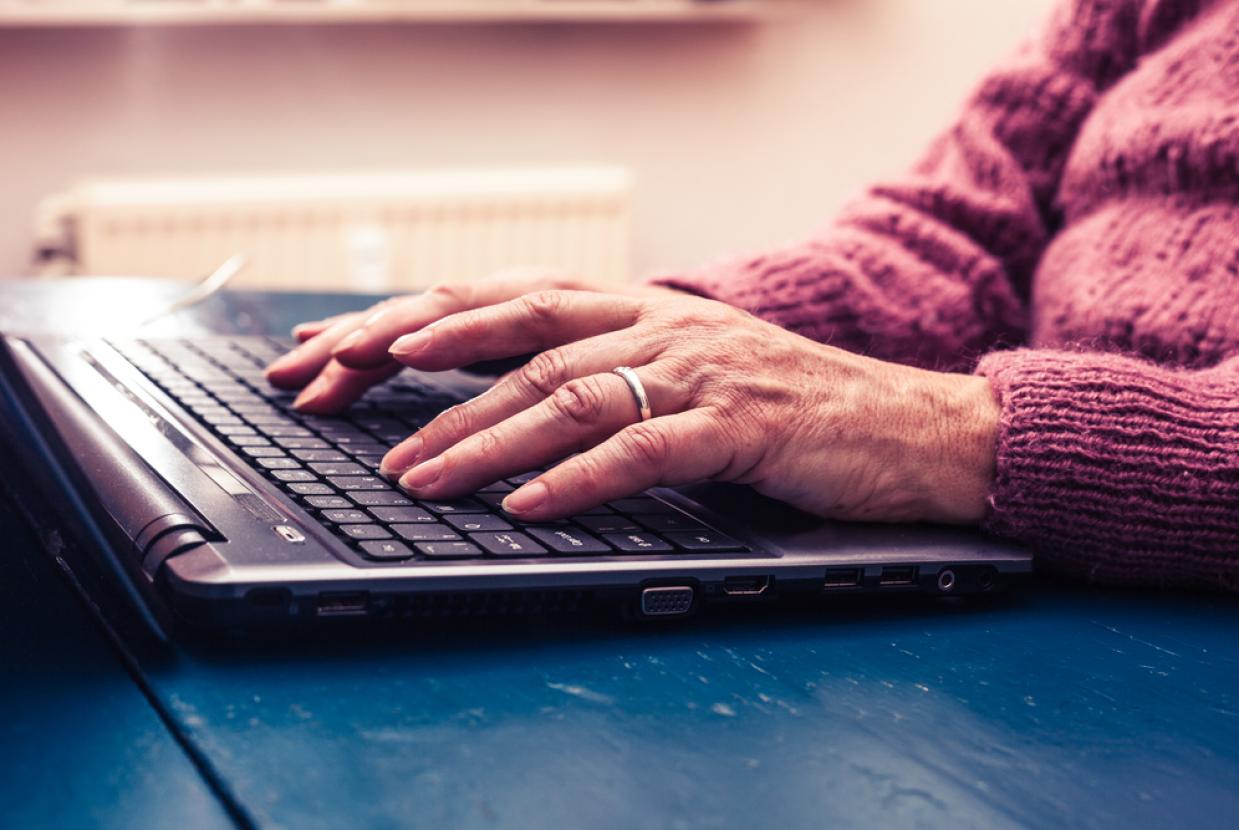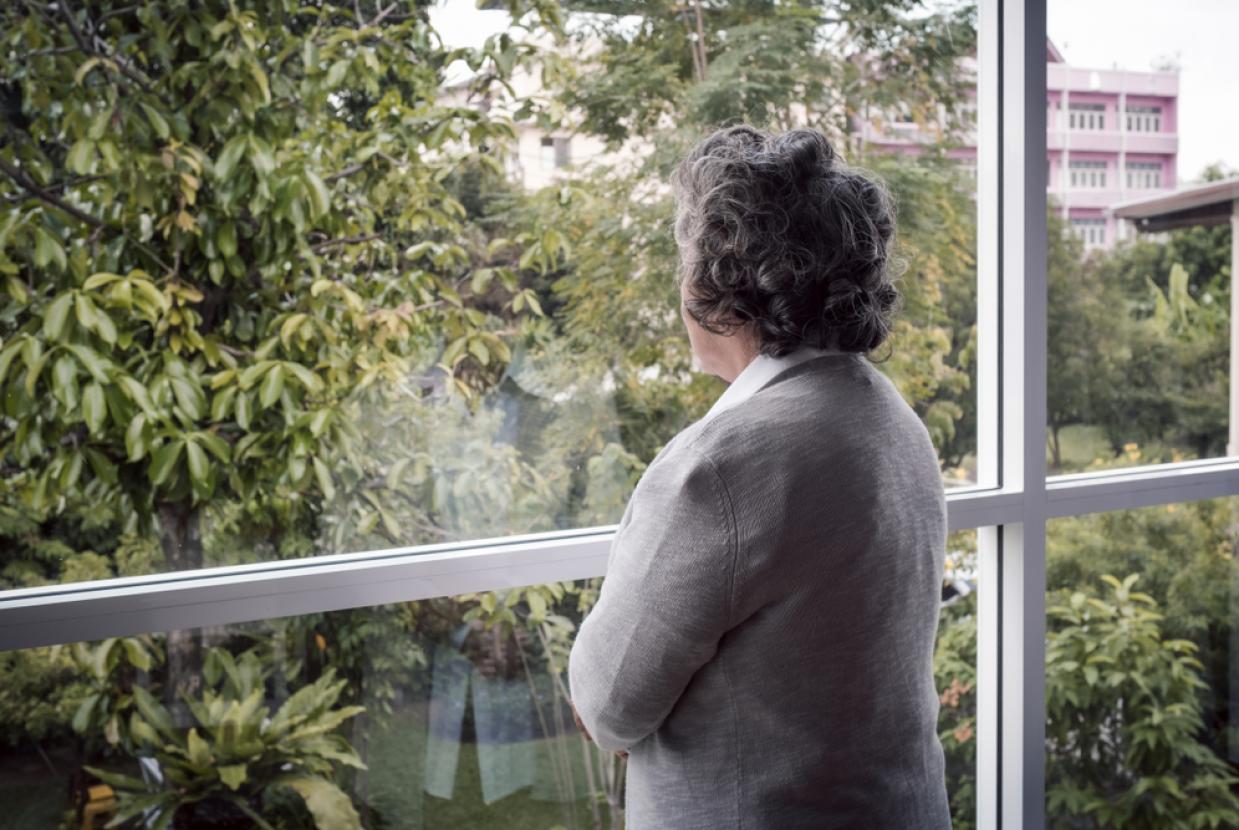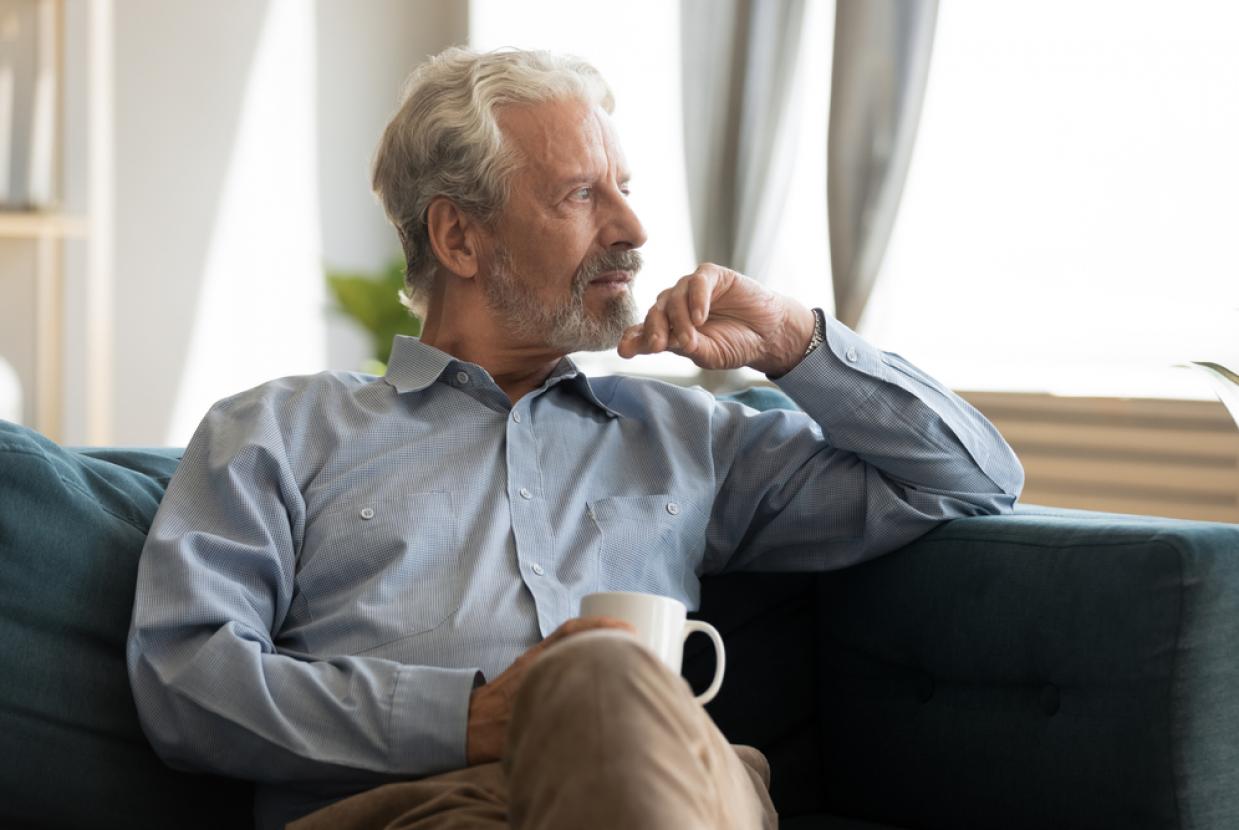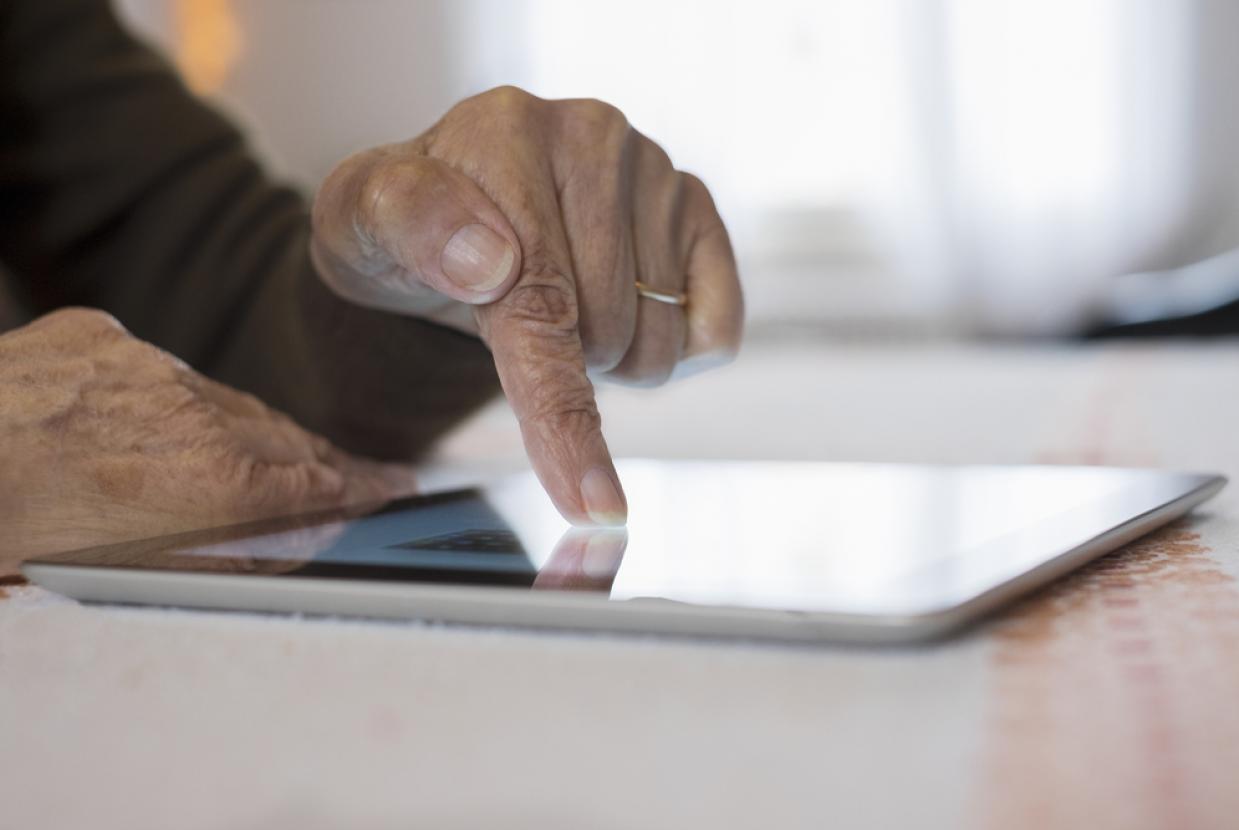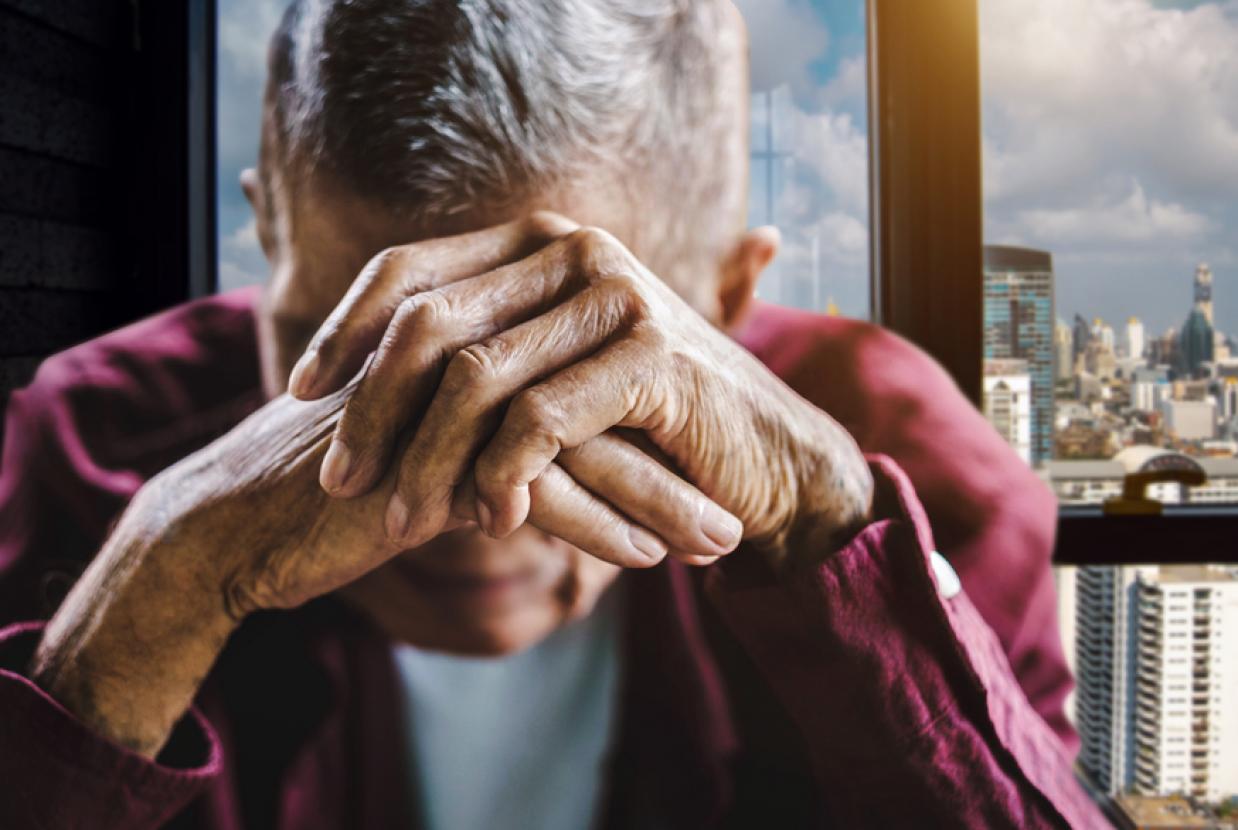Physical
Physical abuse is any intentional act or behaviour causing injury, trauma or other physical suffering or bodily harm. This includes instances of fabricated or induced illness or causing an older person to become unwell.
The behaviours of physical abuse can range from slapping and hitting, inappropriate use of restraint, forcible feeding, scalding and burning, through to the prescription or administration of medication not licensed for the purpose used. The signs of physical abuse are often evident but can also be hidden by the perpetrator or the victim.
There can be a perception that residential homes are the sole site for physical abuse of older people, however a majority of physical abuse incidents occur in the victim’s own home perpetrated by intimate partners and other family members. Here, the abuse of older people coincides with domestic abuse.
What are the signs of physical abuse?
- Cuts, lacerations, puncture wounds, open wounds, bruises, welts, discolouration, black eyes, burns, bone fractures, broken bones, and skull fractures.
- Untreated injuries in various stages of healing or not properly treated.
- Poor skin condition or poor skin hygiene.
- Dehydration and/or malnourished without illness-related cause.
- Loss of weight.
- Soiled clothing or bed.
- Broken eyeglasses/frames, physical signs of being subjected to punishment, or signs of being restrained.
- Inappropriate use of medication, overdosing or under-dosing.
- An older person telling you they have been hit, slapped, kicked, or mistreated.
To view an information brochure on physical abuse, click here.


